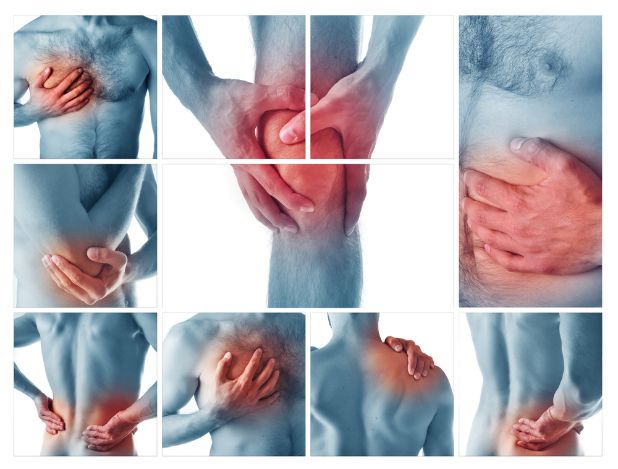Choreo-Athetosis symptoms include writhing, dancelike movements that often happen together. They can be caused by many different diseases, including genetic disorders like Huntington’s disease and rheumatic fever.
Chorea and athetosis result from overactivity in the brain’s basal ganglia, which help initiate and smooth out muscle movements and suppress involuntary movement. These areas of the brain are sometimes damaged by a stroke or tumor.
People with chorea and athetosis often have problems with their hands, feet, or face. They may twitch or fidget, slouch, stick out their tongue, or flutter their eyes and nose. They also may have trouble swallowing or speaking.
Doctors diagnose chorea by asking questions and performing a physical exam. They may also order a CT scan or MRI to look at the brain to see if there is any damage.
They may also ask about which drugs a person is taking to check for medications that might be causing their symptoms. Some antipsychotic drugs can cause a type of chorea called tardive dyskinesia.
Symptoms of chorea and athetosis can usually be reduced with drugs that reduce the amount of dopamine in the brain. These drugs include deutetrabenazine and tetrabenazine.
Other types of medication can also help treat chorea. For example, clozapine can help reduce the amount of twitching that occurs with chorea. However, these drugs can also increase the risk of suicidal thoughts and actions in people with Huntington’s disease.

In some cases, doctors can use deep brain stimulation to control chorea. This is an invasive procedure that places electrodes in the part of the brain that controls muscle movements. It is not known whether the electrodes help or worsen chorea symptoms.
It can also help reduce hemiballismus, which is a type of chorea that affects one side of the body more often than the other. It is usually a temporary condition that causes a limb to fling out uncontrollably when the person tries to move it.
Hemiballismus is most common in adults and can be caused by a stroke, but it can also occur after surgery or an injury to the neck. It is not known how many people have hemiballismus.
Treatment for chorea and athetosis can involve medications that are taken on a regular basis or in special doses to control symptoms. They can be prescribed by a doctor and are often effective. They can also help with other symptoms, such as trouble sleeping, mood changes, or anxiety.
The medications may be taken at the same time each day, or they can be injected under the skin. These medications can improve or eliminate symptoms and prevent them from coming back.
When a doctor prescribes these medications, they will discuss the possible side effects and ask about any other symptoms the person is having. They will also make sure that these medications are safe to take.
Some doctors also may recommend exercise to reduce the number of tremors and slow down a person’s movements. The goal is to help the person lead a normal life and avoid falling or injuring themselves.









